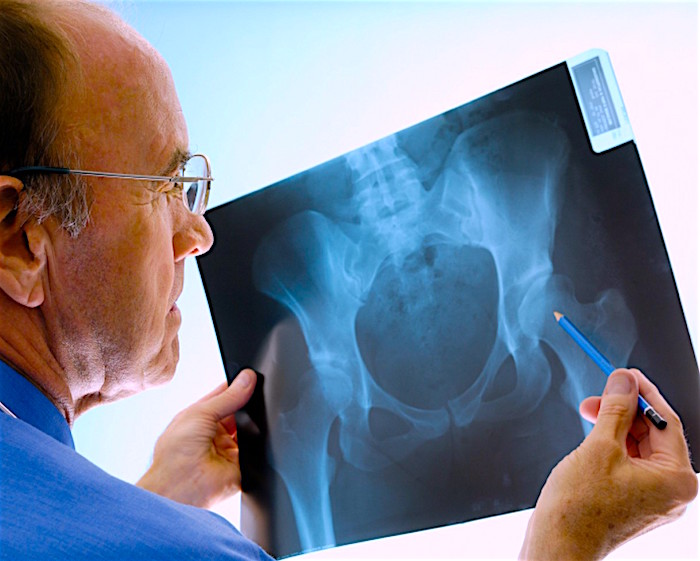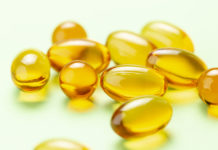 Fifty percent of older adults who experience a broken hip will never be as physically active and independent as they were before their fracture. And the odds for full recovery are even lower for the very old and those with dementia or other ailments, according to Victoria Tang of the University of California and lead author of an observational study published in the Journal of General Internal Medicine.
Fifty percent of older adults who experience a broken hip will never be as physically active and independent as they were before their fracture. And the odds for full recovery are even lower for the very old and those with dementia or other ailments, according to Victoria Tang of the University of California and lead author of an observational study published in the Journal of General Internal Medicine.
Around 300,000 older Americans are hospitalized and receive surgery to repair hip fractures annually. Although efforts are made to provide rehabilitation to help patients enjoy the same level of physical activity they did prior to injury, many become increasingly frail and dependent on others.
To make an informed assessment of how well older adults recover from a hip fracture, Tang and her colleagues compared the physical condition and ability of 733 adults older than 65 years before and after the fracture. Information was retrieved from the Health and Retirement Study (HRS), a nationally representative longitudinal study that measures changes in the health and economic circumstances of Americans as they age. Participants’ functional recovery was measured based on how they were still independently able to care for themselves post-injury in terms of bathing, dressing, eating and going to the bathroom on their own. Factors such as their ability to walk around a street block or climb stairs without resting were noted, as well as their age and health status prior to the hip fracture.
“The likelihood of recovery to pre-fracture level of function was less than 50 percent regardless of one’s previous level of function,” Tang says. “The likelihood of returning to a high level of function was particularly low in those who were older than age 85, had multiple comorbid conditions, or had dementia.”
Of all subjects, 31 percent returned to their prior daily functioning; 34 percent and 41 percent were respectively able to move and climb stairs as before. Things were only marginally better for those who were physically very active before their injury. Of them, 36 percent could go on living independently without assistance, 32 percent had no difficulty walking one block, and 29 percent had no problems climbing stairs.
Tang believes it is essential to be aware of expected outcomes after a hip fracture, so that patients, families and supportive caregivers can set realistic expectations to meet additional needs once the patients return home.
“Ascertainment of the patient’s values and goals of care is critical at this juncture in order to optimize quality of life and assist in future medical decision making,” says Tang, who called for more frank discussions about the matter.
Source: Victoria L. Tang, Rebecca Sudore, Irena Stijacic Cenzer, W. John Boscardin, Alex Smith, Christine Ritchie, Margaret Wallhagen, Emily Finlayson, Laura Petrillo, Kenneth Covinsky. Rates of Recovery to Pre-Fracture Function in Older Persons with Hip Fracture: an Observational Study. Journal of General Internal Medicine, 2016; DOI: 10.1007/s11606-016-3848-2















What product do you recommend for avascular necrosis
We cannot tell you that any supplements will treat AVN and provide a cure. However, we do recommend the following three herbal supplements in general support of joint and bone health.
ArthriPhase, Herbal Boost, OsteoPhase
These are the main herbs contained in the article – http://nutritionreview.org/2013/04/natural-bonebuilding-synergy/
A suggested regimen for bone health would be: 1 cap ArthriPhase, 1 cap Herbal Boost and 2 caps OsteoPhase, taken twice daily. A course of 4-6 months would be minimum for determining bone health benefits for most people.
The herbal supplements are available for purchase http://www.tangoherbs.com